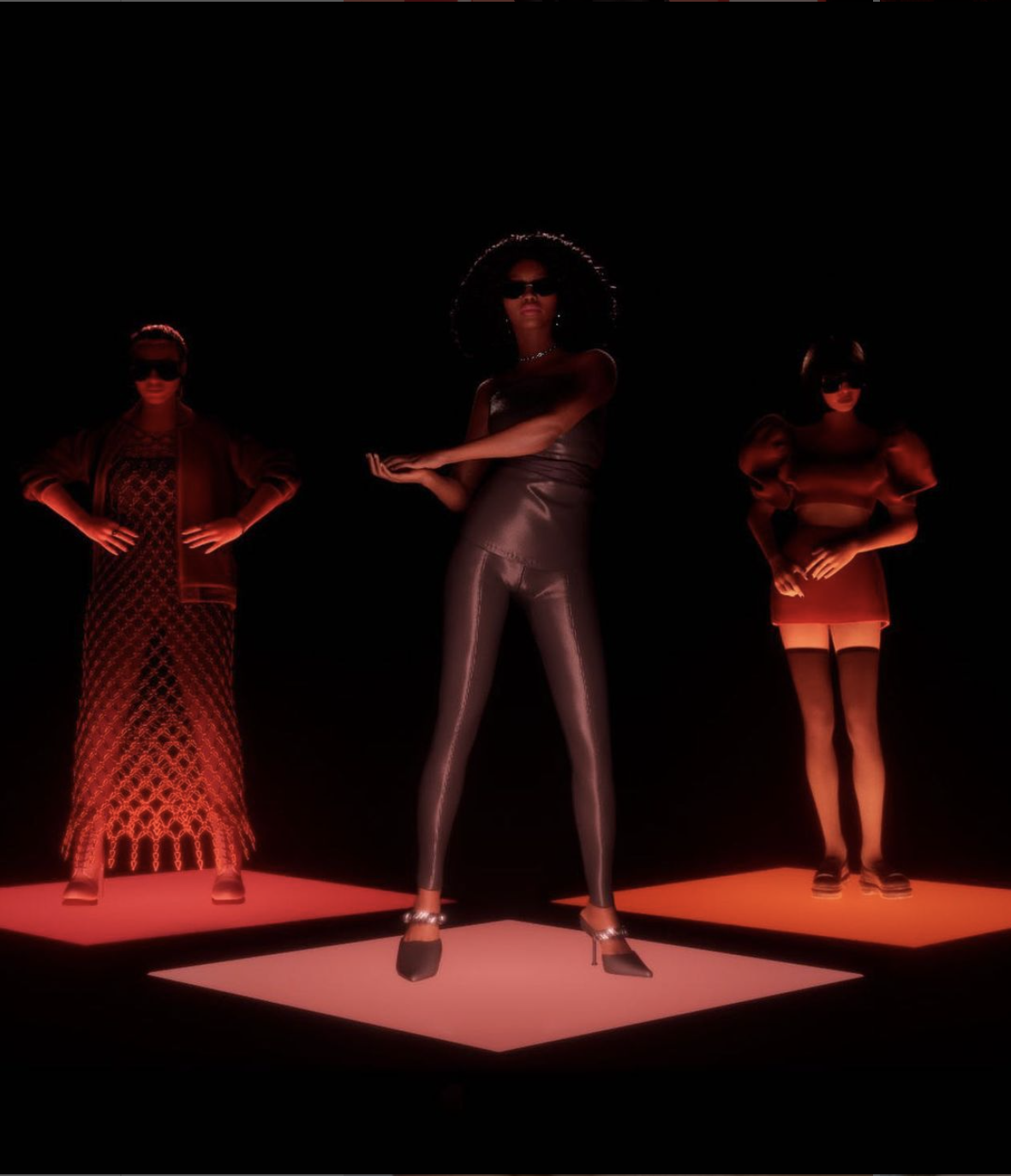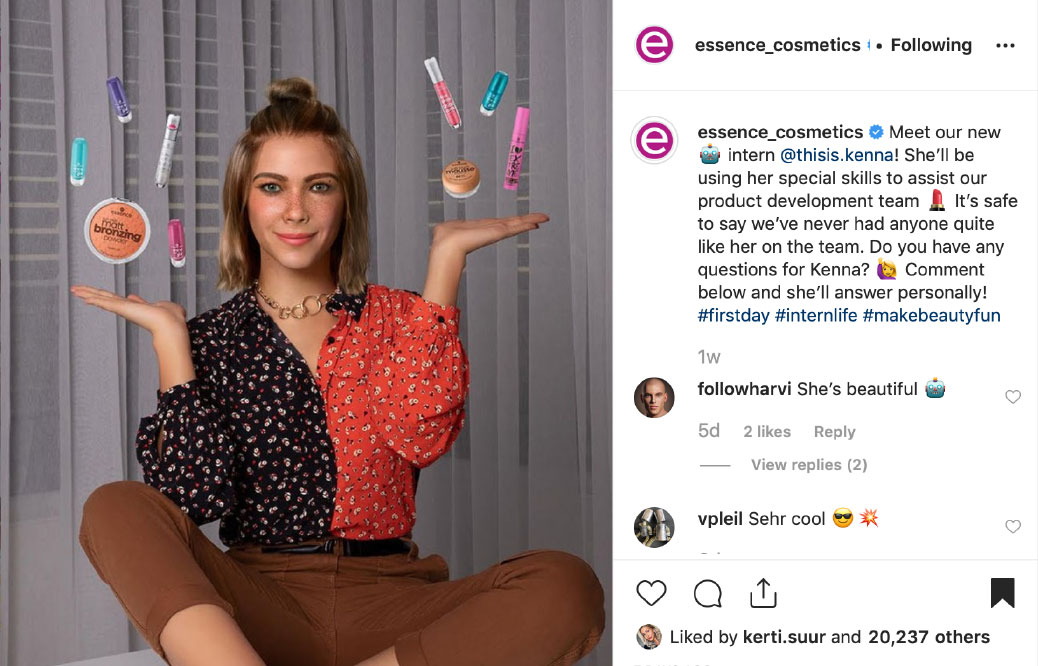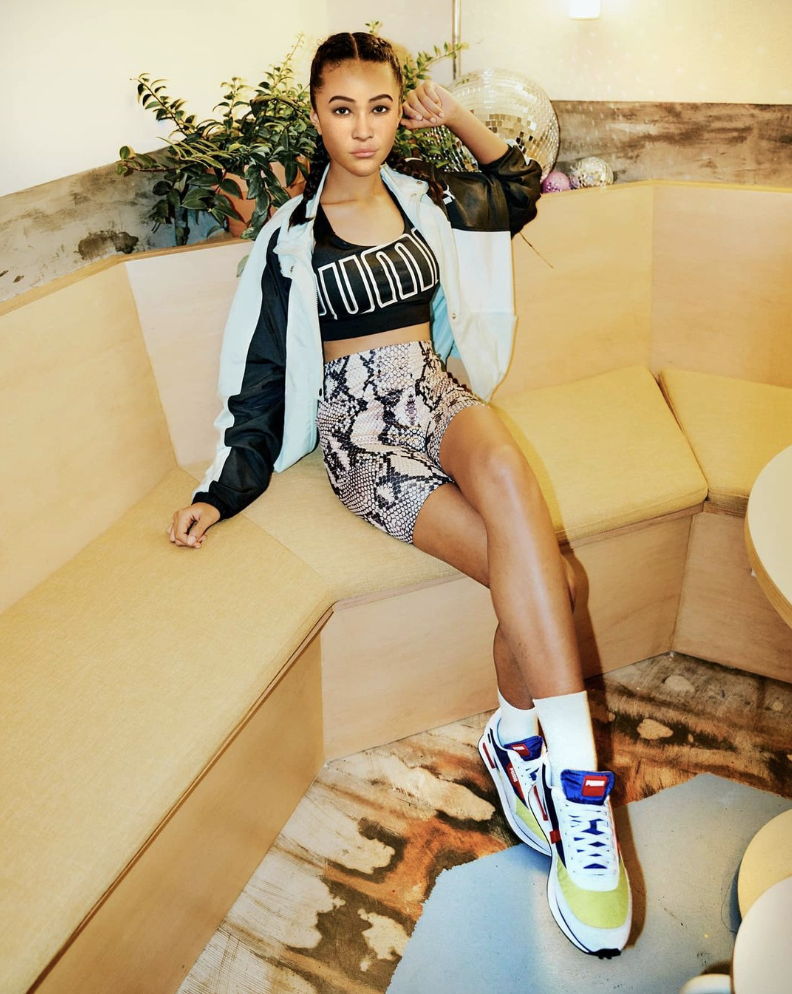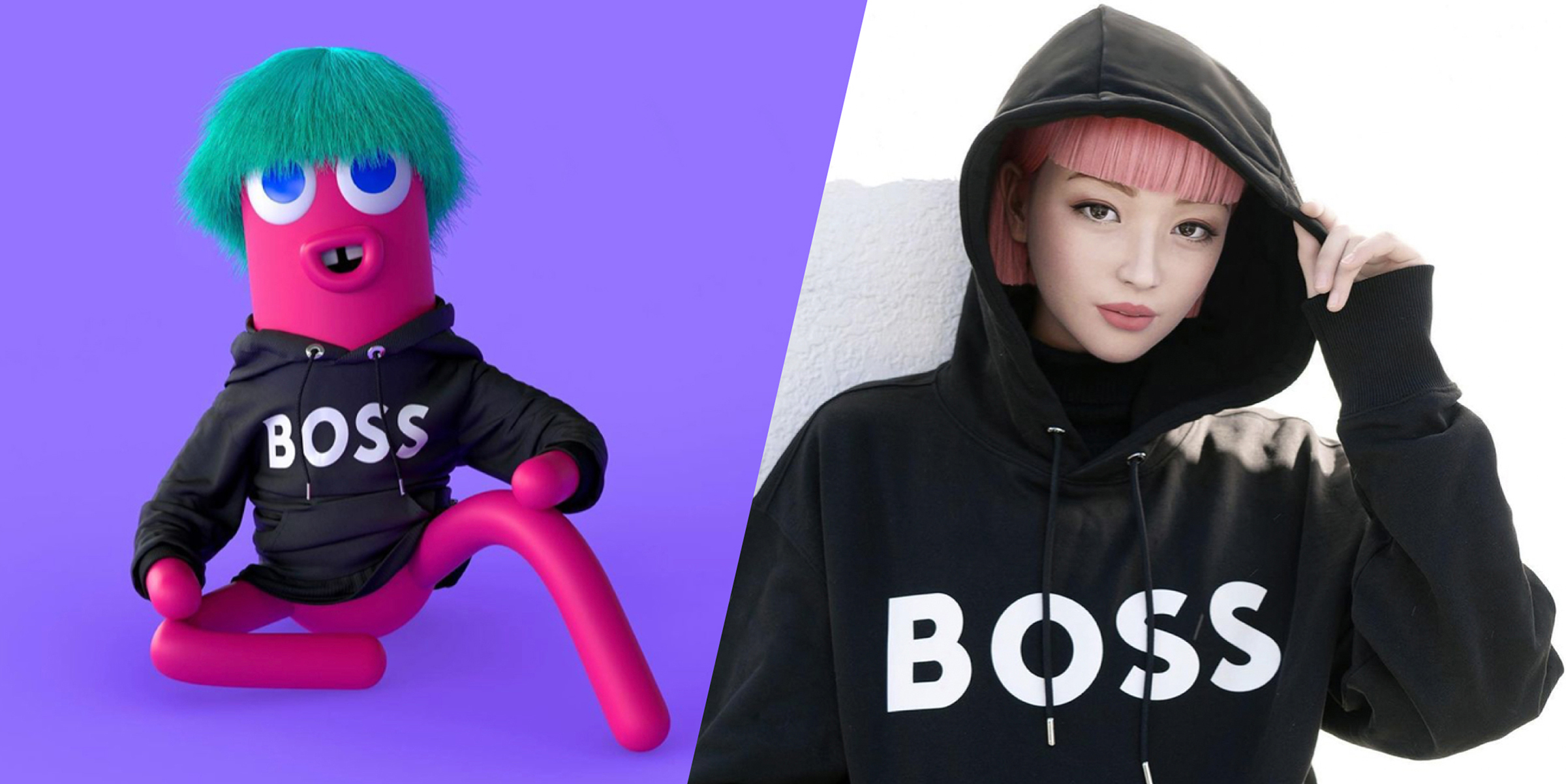Virtual Influencers: the New Faces of Retail Marketing
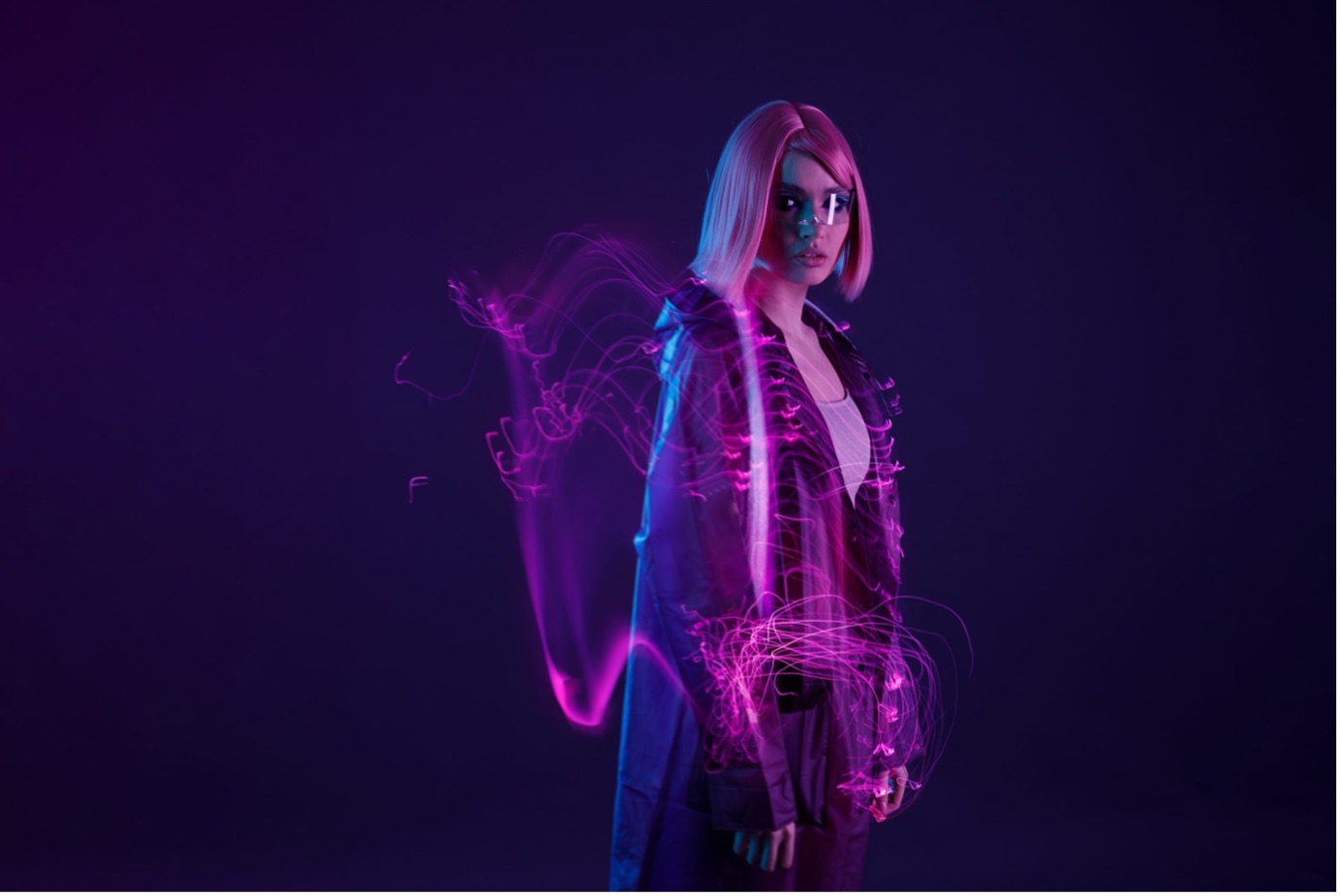
Welcome to the future!
Today, we live in a world where Artificial Intelligence is a part of our daily lives. As we move through the ever-changing technological environment, a(nother) all-new narrative has emerged in the world of Influencer Marketing… and its main characters are Virtual Influencers.
Virtual Influencers are fictional characters based upon computer-generated imagery. They can be used for a wide variety of marketing-related purposes, but, for now, are most frequently deployed for Social Media Marketing, in lieu of their human counterparts. (for more details – check out our latest white paper here!).
Creating successful Influencer Marketing Campaigns within the Beauty, Fashion, and Luxury Retail industries have long been an effective way to boost sales, as they offer a unique and creative way to showcase products, however, human Influencers come with several caveats.
For one, they like to be the center of attention, and have developed a reputation for challenging direction and production methods. Secondly, they are susceptible to the same human shortcomings as the rest of us, and – intentionally or otherwise – might initiate a PR scandal which negatively impacts the brand they were hired to represent. Additionally, human beings are all individuals, and therefore limited in terms of their abilities to represent inclusive demographics, genders, and ethnicities.
Virtual Influencers, on the other hand, can be created for the specific purpose of targeting an exact (and previously underrepresented) ethnic group or other demographic. They can have a fluid gender identity, speak any language you like, and their appearance can be precisely modified depending on the specific needs a Brand may have for any given campaign.
With Virtual Influencers, the possibilities are truly endless!
Here are some recent examples of Brands that have collaborated with VI’s.
1. Beauty
NARS
The French Cosmetics Brand partnered with Dimensions Studios to create three distinct Virtual Influencers to target the US, UK, and China, respectively. “The Power Players” featured a trio of popular Virtual Influencers, Maxine, Chelsea, and Sissi – each with their own distinct look, diverse passions, vibrant personalities, and individual backstories.
The Power Players feature makeup looks created by NARS Global Artistic Director, Lena Koro and is a perfect example of how VIs can be used to target hyper-specific demographics.
Essence Cosmetics
Essence partnered with Kubbco to create Kenna, a Virtual Influencer whose backstory was created to present her as an intern for the brand itself.
Kenna’s very first post on Instagram generated more than 20,000 likes and immediately established an audience for her content. According to Kubbco, she was the first VI ever created by a cosmetics company on Instagram. The campaign ended just as Kenna’s “internship” with Essence came to a close, but provided a clear path forward for this method of brand promotion in the future. Indeed, the Kenna campaign has proven that using VI’s overall generates a higher engagement than average on Instagram, and likely across other social media channels as well.
2. Fashion
Puma
Puma partnered with UM Studios x Ensemble Worldwide to launch ‘Mayaa’ – a Virtual Influencer representing the Brand in Southeast Asia.
The specificity of the target audience led Puma to create Maya’s appearance based upon the collective facial features of millions of Southeast Asians, in order to generate a persona with maximum reach within the demographic. Her interests and content topics are derived from intensive social listening to ensure relevance, and she is carefully programmed to portray Southeast Asian values. By aligning its VI to the brand values of its target audience, Puma is playing an educated… and a winning game.
“Maya is relatable to consumers because her followers have had a first-hand look at her life from conception. Her story is also carefully constructed to cater to the Southeast Asian audience, meaning the emotional connection they have with her is on a much deeper level than with other influencers.” ~ Amit Sutha, Chief Executive Officer at UM Studios & Ensemble Worldwide.
Hugo Boss
For the #BeYourOwnBoss campaign, Hugo Boss decided to “hire” two existing VIs, Imma and Nobody Sausage.
According to Virtual Humans, Imma and Nobody Sausage posted a picture of themselves wearing a Boss branded hoodie on Instagram, tagging the brand and campaign in their posts. Together, the two posts generated roughly 27,300 likes and 238 comments, all from this single image upload. This campaign intended to split the 98-year-old luxury brand into two identities, Hugo and Boss, the former of which aims to connect with the younger Millennial and Gen Z generations, while the latter speaks to the older and established audience of this legacy label.
The implementation of Virtual Influencers is the future of successful brand marketing campaigns. Their morphing capabilities allow them to leverage larger audiences, target niche groups, drive engagement, and execute more dynamic campaigns for Fashion, Beauty, and Luxury Retail brands.
At Hylink, we’re committed to using technology to evolve the narrative of Influencer Marketing Campaigns by creating Virtual Influencers specifically built to align with your brand. Giving them a try just might deliver a powerhouse of content that can help you advance beyond ambition by reaching larger and more diverse audiences, and driving conversions.
So, what are you waiting for???
Join our digital revolution today!
